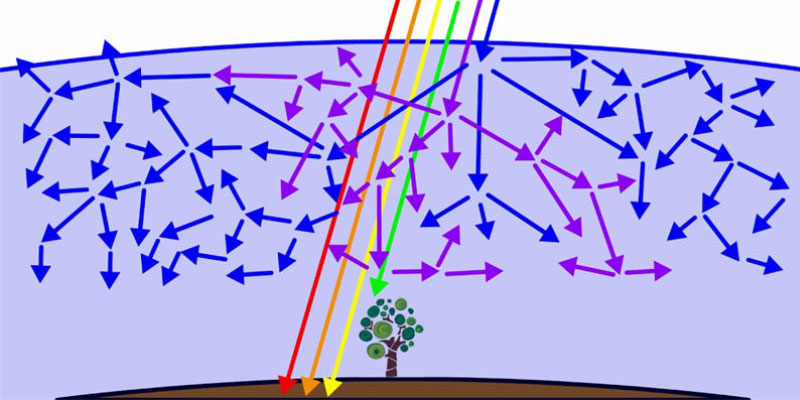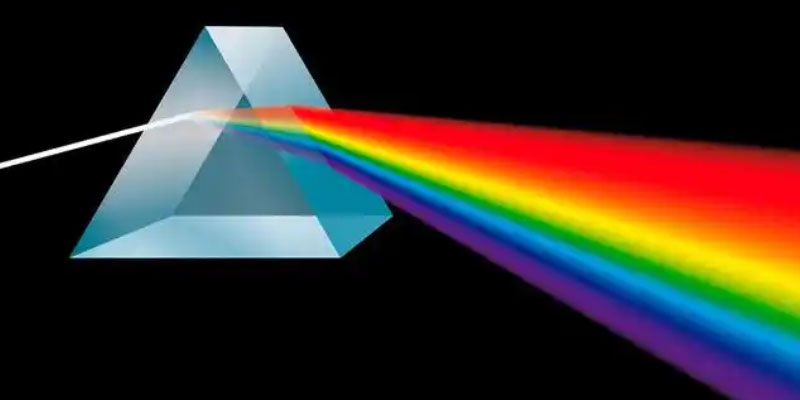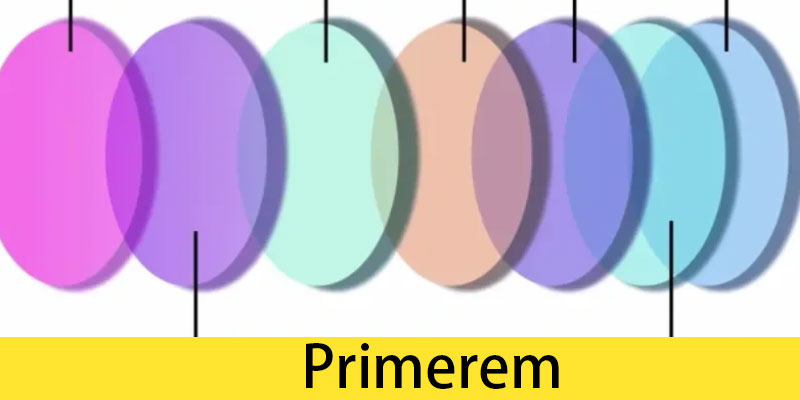
Light scattering:Rayleigh scattering,Raman scattering,Mie scattering
Light scattering refers to the phenomenon whereby light rays propagate in all directions when a beam passes through a medium with non-uniform optical properties. This phenomenon arises from the emission of secondary waves by the medium and their incoherent superposition. Light scattering is primarily categorised into three types: Rayleigh scattering, Raman scattering, and Mie scattering.
1.Rayleigh scattering
- Characteristics: The scattered wavelength is identical to the incident wavelength; the scattered light intensity is inversely proportional to the fourth power of the wavelength; the scattered light intensity exhibits a dumbbell-shaped angular distribution in space.
- Mechanism: Primarily generated by molecules, atoms, or minute particles. When the scatterer’s size is significantly smaller than the incident light’s wavelength, Rayleigh scattering occurs.
- Natural Phenomenon: In the scattering of sunlight by the atmosphere, Rayleigh scattering causes shorter-wavelength blue-violet light to scatter more readily, rendering the sky a vivid blue on clear days.
2.Mie scattering
- Characteristics: After scattering, no specific colour is discernible; only shades of black, white, and grey (reflecting variations in light intensity). This scattering occurs when the diameter of the scattering particles is comparable to the wavelength of the incident radiation, primarily caused by atmospheric particles such as smoke, dust, small water droplets, and aerosols. The intensity of Mie scattering is proportional to the square of the frequency, and scattering is stronger in the forward direction than in the backward direction, exhibiting a pronounced directionality.
- Natural Phenomena: When air pollution occurs, particles in the atmosphere tend to undergo Mie scattering. Overlaying the azure sky, this can result in the sky appearing pale blue. At midday, light travels a shorter path through the atmosphere. During twilight or sunset, when light travels a longer distance, blue-violet wavelengths scatter out of the atmosphere, leaving the sky appearing red. When larger water droplets or mist are present in the air, Mie scattering occurs, causing the sky to appear grey. Furthermore, larger water droplets also absorb light.
3.Raman scattering

- Characteristics: The scattered light contains both the original incident light frequency and new frequencies symmetrically distributed on either side of the incident frequency.
- Mechanism of Generation: Raman scattering is a phenomenon of molecular light scattering. When light strikes a substance, its molecules absorb the light’s energy and undergo an energy level transition, subsequently releasing energy and returning to a lower energy state. During this process, the emitted light energy may match the incident light energy (Rayleigh scattering) or differ from it (Raman scattering). When the emitted light energy is lower than the incident light energy, it is termed Stokes scattering; when the emitted light energy is higher than the incident light energy, it is termed anti-Stokes scattering.
- Classical electromagnetic theory explanation: Under the influence of an external electric field, the positively charged and negatively charged parts of a molecule separate, forming a dipole. The molecule vibrates at its natural frequency, inducing three electric moment terms: one corresponding to Rayleigh scattering, and the other two to Stokes and anti-Stokes scattering. However, classical electromagnetic theory cannot account for the intensity difference between Stokes and anti-Stokes lines observed in the spectrum; this requires quantum mechanics for explanation. Quantum mechanics posits that intensity correlates with the probability of energy level transitions.
In summary, Rayleigh scattering, Raman scattering and Mie scattering constitute the three principal types of light scattering phenomena. Each possesses distinct characteristics and underlying mechanisms, manifesting as different phenomena in the natural world. Through in-depth investigation of these scattering phenomena, we can gain a deeper understanding of the interactions between light and matter, as well as the significance of these interactions in both everyday life and scientific research.
optlenses
Related Blogs














